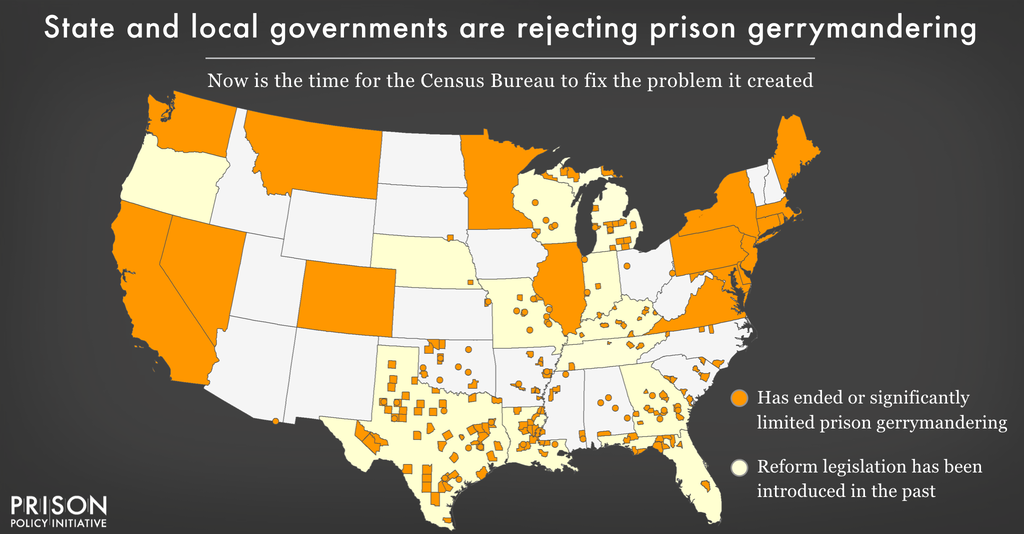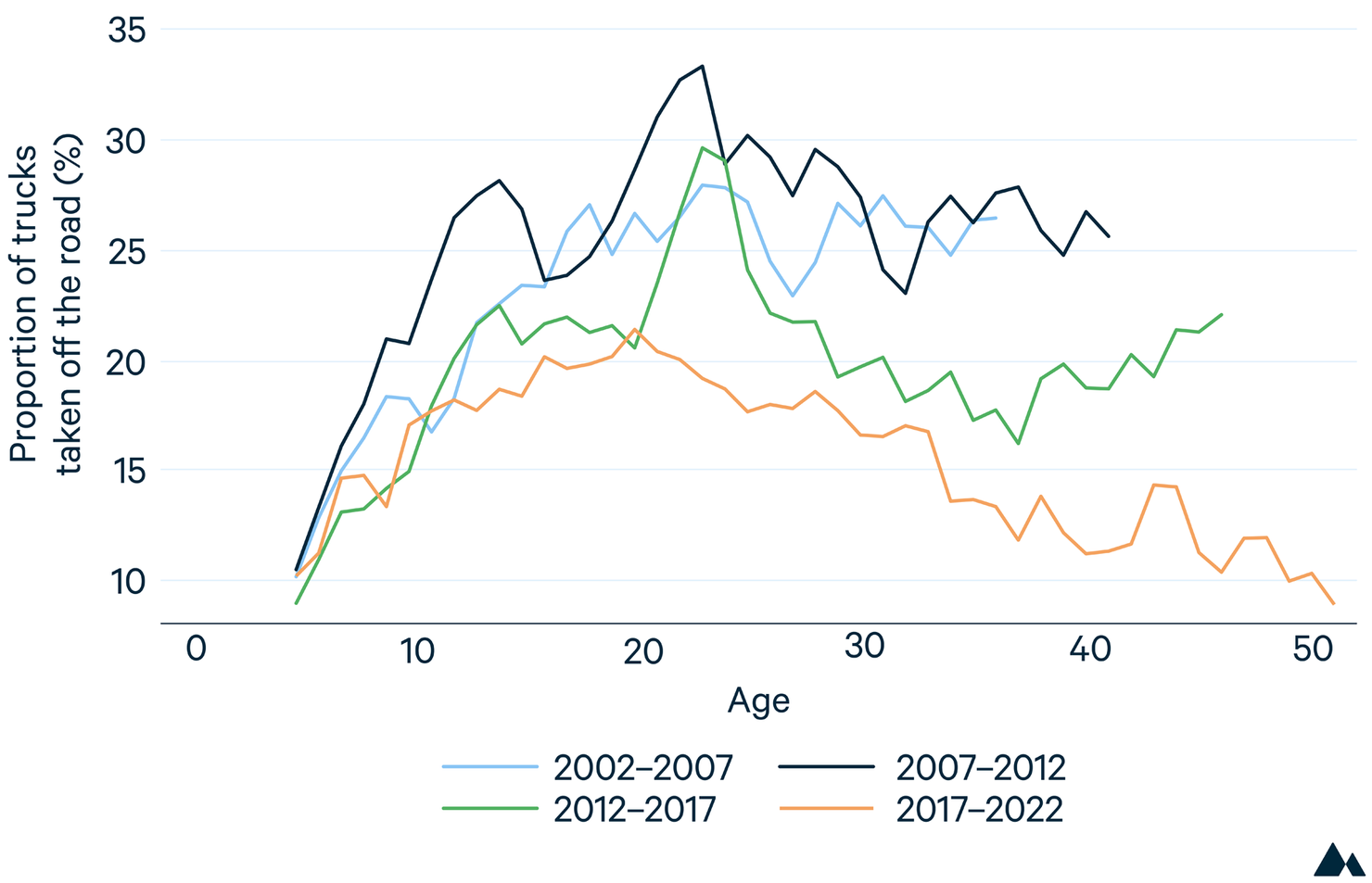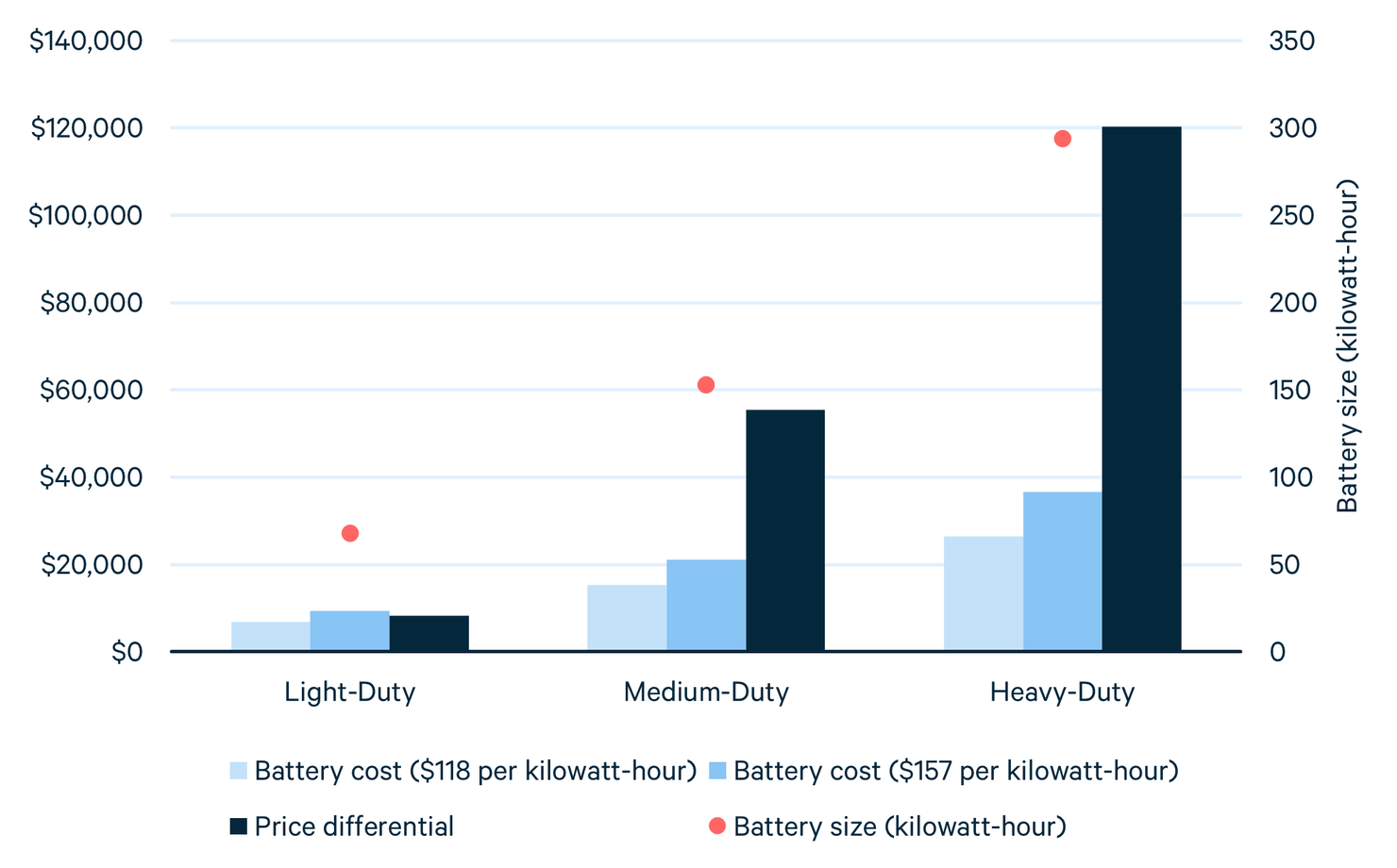Amal Clooney Advised ICC’s War Crimes Arrest Warrants Against Netanyahu and Hamas Leaders

Amal Clooney, wife of actor George Clooney, sat on a panel of UK experts who ‘unanimously’ approved the pursuit of the arrest warrants. (AP Photo/Joel Ryan)
British barrister Amal Clooney was among a panel of experts in international law convened by the International Criminal Court (ICC) who approved the pursuit of arrest warrants against senior Israeli officials, including Prime Minister Benjamin Netanyahu, and Hamas leaders for war crimes.
ICC prosecutor Karim Khan announced Monday that Netanyahu and Israeli Defense Minister Yoav Gallant are being targeted for war crimes and crimes against humanity in Gaza. The Israeli officials are accused of having systematically deprived civilians of essential supplies and that attacks on aid workers have further exacerbated the humanitarian crisis.
Meanwhile Hamas leaders Yahya Sinwar, Mohammed Deif, and Ismail Haniyeh are being pursued for their roles in the October 7 attacks on southern Israel relating to crimes including torture, murder and sexual violence.
In a statement, Khan said that all the actions “demand accountability.”
The warrant applications, which still must be reviewed and issued by ICC judges, mark a significant shift as the court targets a leader from one of the U.S.’s closest allies for the first time.
Khan emphasised that evidence collected indicates “reasonable grounds to believe” that Netanyahu and Gallant are responsible for crimes including the starvation of civilians and the intentional targeting of civilian populations.
Clooney, an expert on human rights law and wife to actor George Clooney, was part of a UK-based group of lawyers advising Khan, and was included in their unanimous approval of the warrant applications in a report published Monday.
In an editorial published in the Financial Times, the panelists explained that they had engaged in “an extensive process of review and analysis” of evidence submitted by ICC prosecutors to justify the applications for arrest that included “witness statements, expert evidence, official communications, videos and photographs.”
After doing so, the panel found “reasonable grounds to believe that Netanyahu and Israel’s minister of defence Yoav Gallant have committed war crimes and crimes against humanity… [including] the war crime of intentionally using starvation of civilians as a method of warfare and the murder and persecution of Palestinians as crimes against humanity.”
They added: “It is important to understand that the charges have nothing to do with the reasons for the conflict. The charges concern waging war in a manner that violates the long-established rules of international law that apply to armed groups and the armed forces in every state in the world… There is no doubt that the step taken today by the prosecutor is a milestone in the history of international criminal law. There is no conflict that should be excluded from the reach of the law; no child’s life valued less than another’s. The law we apply is humanity’s law, not the law of any given side. It must protect all the victims of this conflict; and all civilians in conflicts to come.”
If the warrants are approved, Netanyahu, Gallant, and the Hamas leaders could face arrest in any of the 124 ICC member nations.















